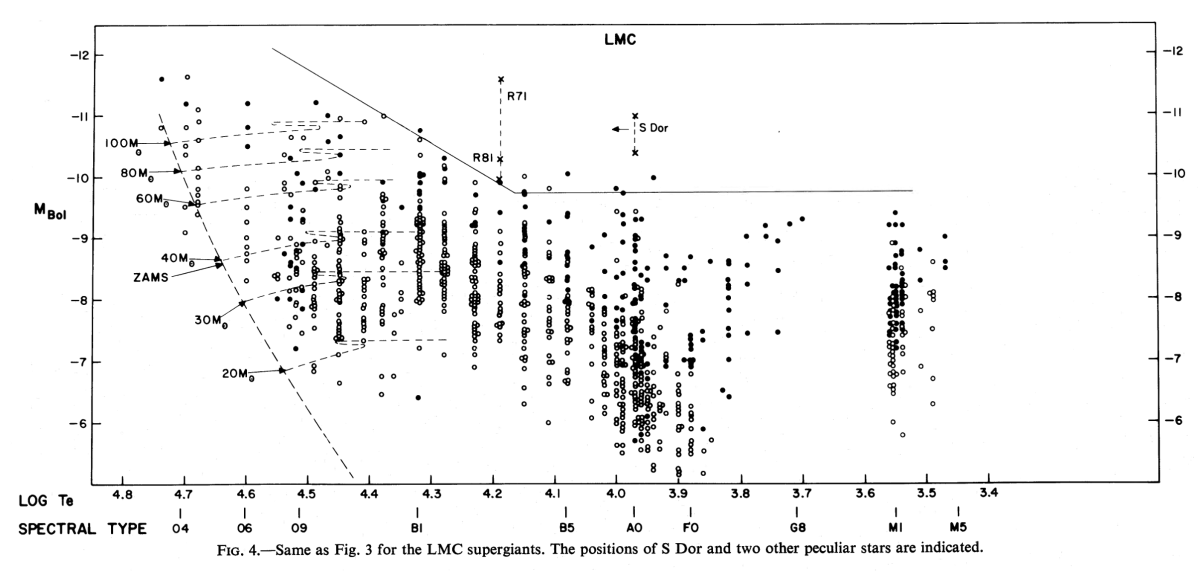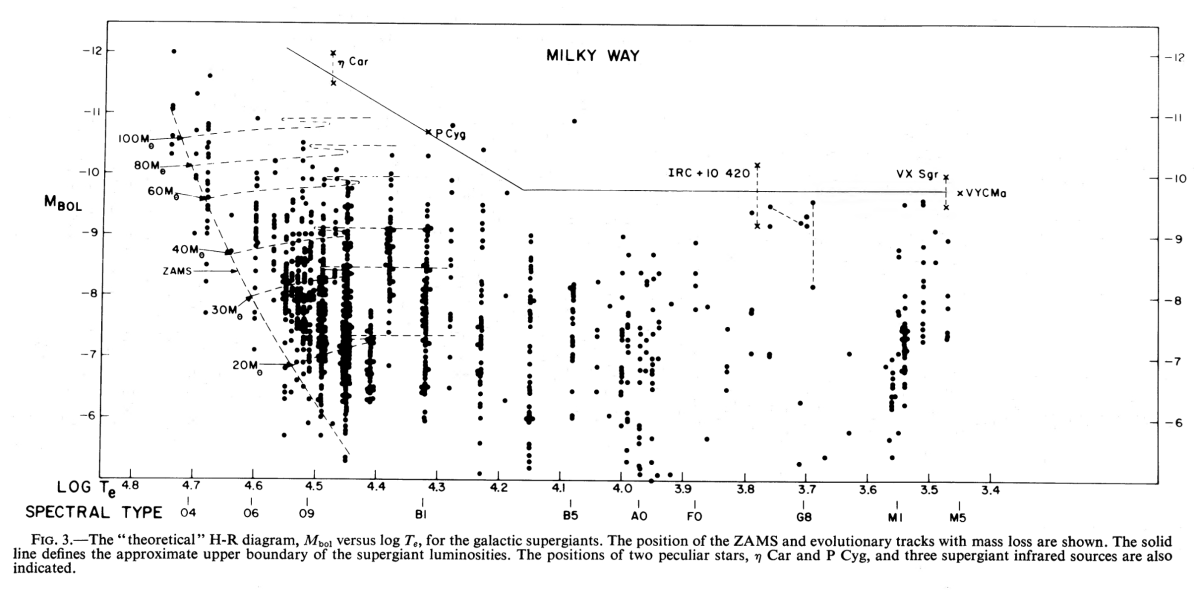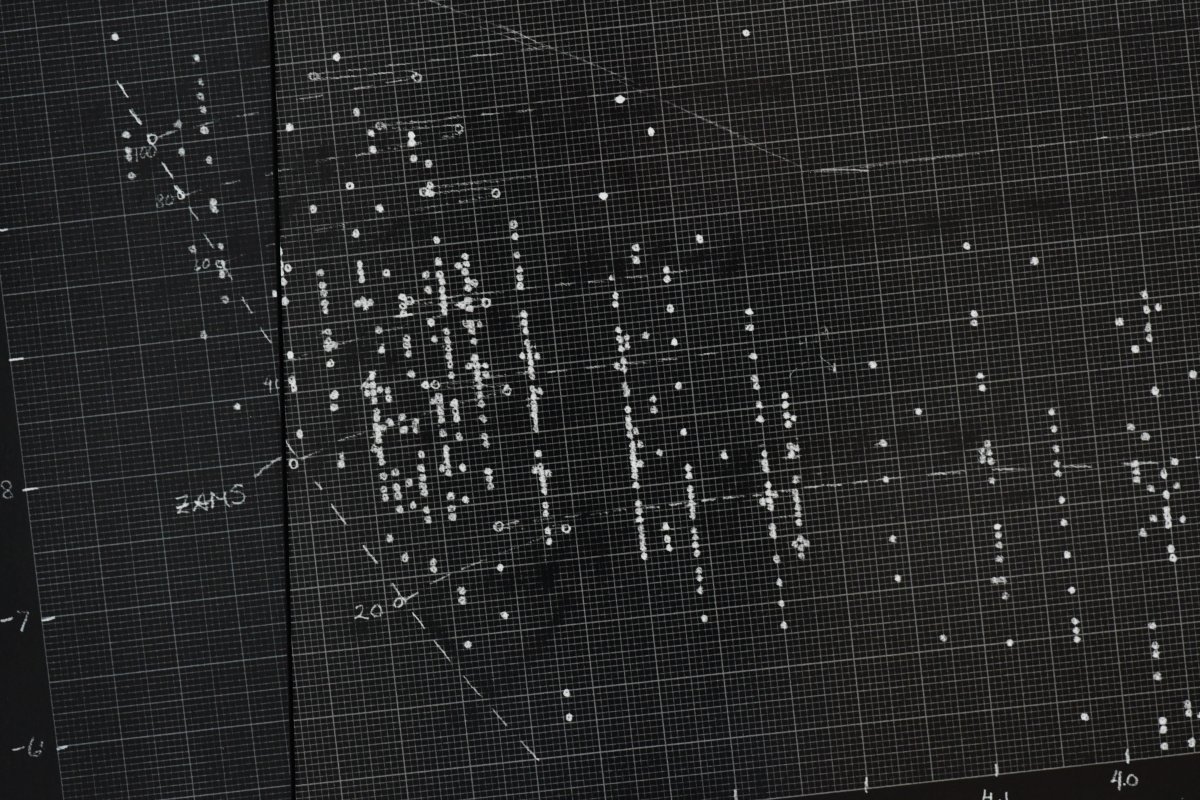Professor Emerita Roberta Humphreys receives Herschel Medal of the Royal Astronomical Society for 2024

The Royal Astronomical Society awarded its Herschel Medal for “investigations of outstanding merit in observational astrophysics” to Roberta Humphreys for "her discovery of the empirical upper luminosity boundary for the most massive stars in the Hertzsprung-Russell diagram."
This result was published in a seminal paper, Humphreys and Davidson 1979, and is now known as the Humphreys-Davidson Limit. This limit was not predicted by theory or the stellar structure and evolutionary models at that time.
The observed lack of evolved stars at the highest luminosities implies an upper limit to the masses of stars that become red supergiants, thus altering the previously expected evolution of the most massive stars across the HR Diagram. Humphreys and Davidson suggested that this was due to instabilities leading to high mass loss events. The recognition of this upper luminosity boundary in the HR Diagram altered our understanding of massive star evolution and confirmed the important role of mass loss in their subsequent evolution.
The two HR Diagrams shown here for the most luminous and massive stars in the Milky Way and the Large Magellanic Cloud are from the 1979 paper. The dashed line in each traces the upper luminosity boundary based on the distribution in luminosity and temperature of the observed massive stars in two different galaxies and the importance of the upper boundary. Subsequent studies in numerous galaxies of different types confirm the empirical upper limit or Humphreys -Davidson limit for massive stars evolution and the importance of mass loss in a range of stellar environments.


A copy of the original hand-drawn HR diagram for the Milky Way can be seen on west end the Wall of Discovery on the side of Keller Hall.

Herschel medal is named for William and John Herschel, father and son. William Herschel (1738 – 1822) is famous for discovering Uranus, pioneered the use of spectra of the stars showing that the stars were like the Sun, and numerous early discoveries and contributions to astronomy. John Herschel (1792- 1871) was known as a mathematician, astronomer, chemist, inventor, and experimental photographer. He is credited with giving the new field, photography, its name.